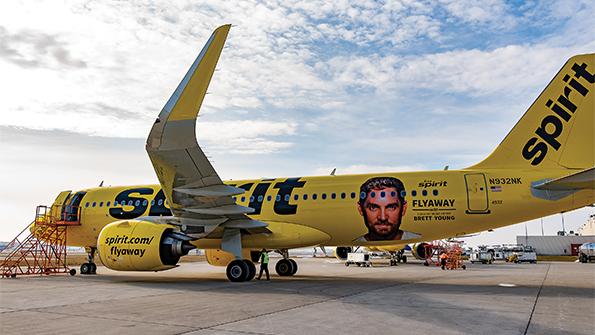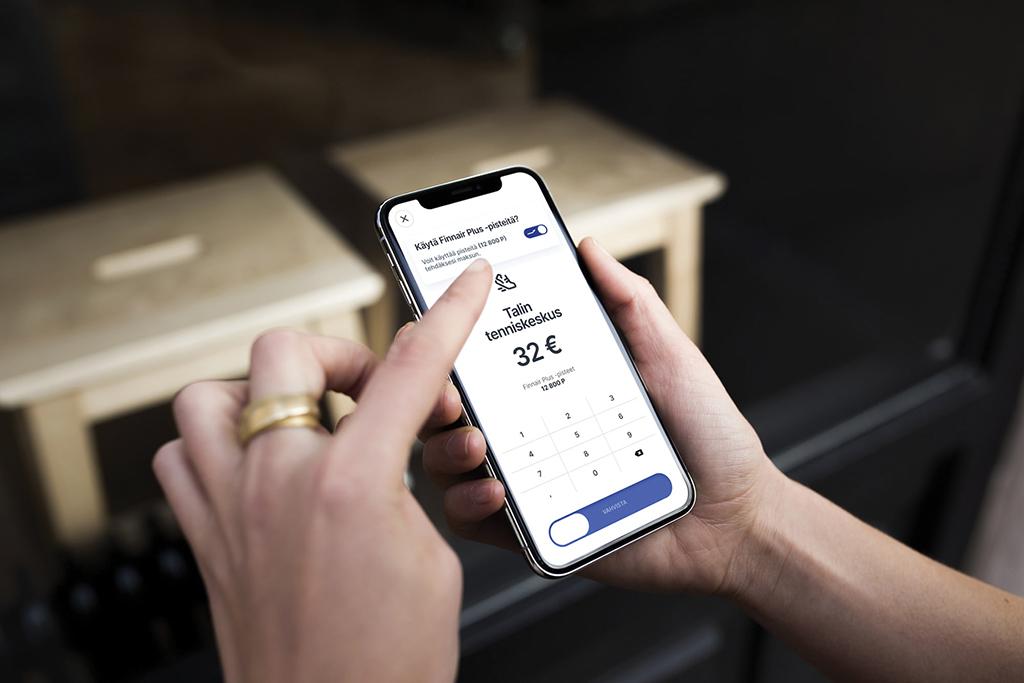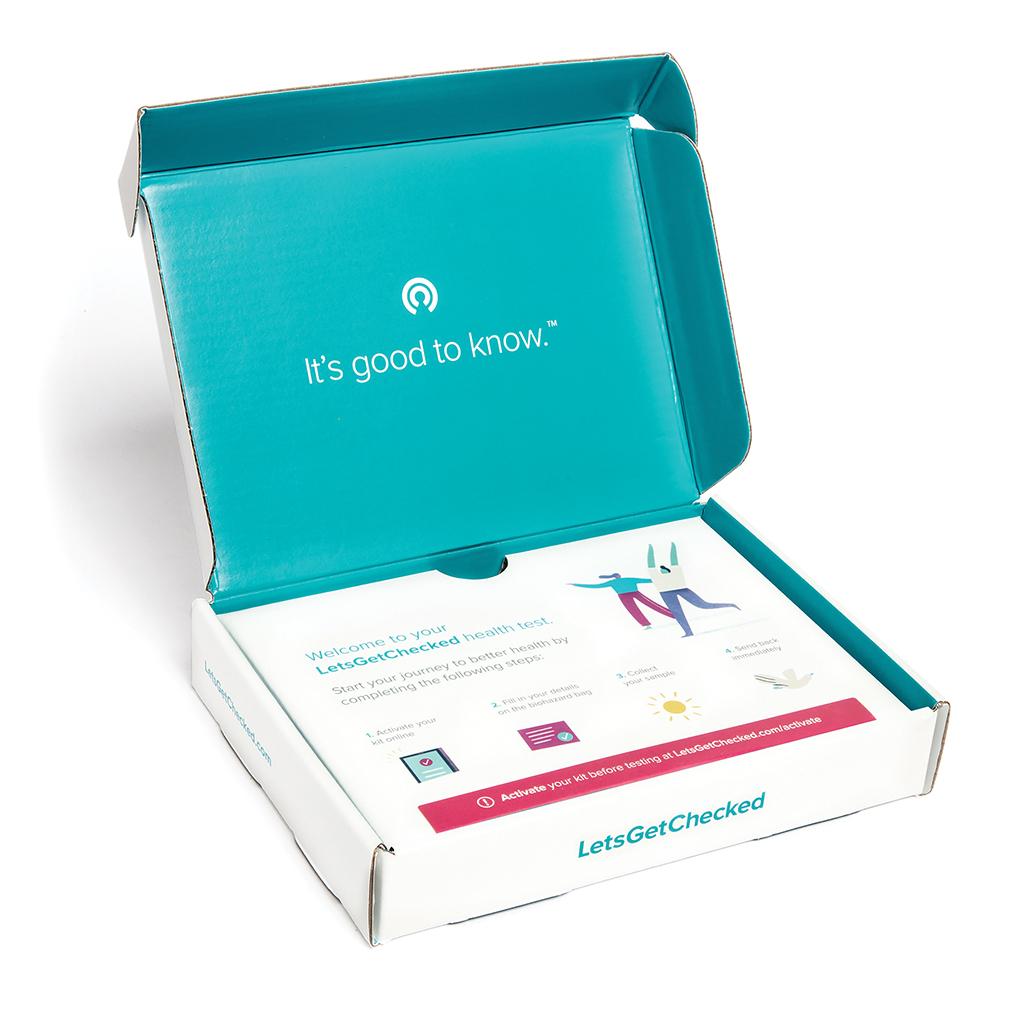
Airline loyalty programs have become about more than merely accumulating miles. Creative promotions, partnerships and out-of-the-box thinking are being employed to assure frequent flyer members they are valued and to provide novel redemption opportunities.
The airline global alliances, meanwhile, are stepping up to extend these new approaches to their cross-partner loyalty programs. Star Alliance director-loyalty Renato Ramos told ATW that Star has aligned with some of its member airlines so their award miles can be considered as status miles, allowing customers to keep their tier levels until they can resume their normal travel patterns. Many airlines have followed suit to protect and extend status into 2022.
For example, Air Canada, a founding Star member, has assured its Aeroplan Elite Status members their status will be protected and extended until the end of 2022 while also providing the opportunity to accelerate their status qualification. Alaska Airlines, which joined oneworld in April, gave its Mileage Plan members a head start toward 2022 elite status by enabling them to earn 50% more elite-qualifying miles on Alaska flights through June 30, 2021.
United Airlines, another Star founding airline, is offering new promotions, such as Pick Your Path, that let eligible MileagePlus Premier members fast track their premier status or earn bonus miles.
Cathay Pacific Airways, a oneworld founding member, told ATW that its Asia Miles program now has an extended Miles Plus Cash payment option to oneworld partner airline flight bookings.
“This will benefit more members, allowing them to engage with the program even if they have fewer miles,” Cathay said. “With a minimum 5,000 miles per transaction, they can book any flight they want; they will have better control of their miles and be able to spend their miles at their own pace.”
The SkyTeam alliance is focused on safety and rebuilding customer confidence through its SkyCare&Protect program. SkyTeam CEO Kristin Colvile told ATW that the program is an “alliance-wide pledge to health and hygiene measures, combined with innovative digital technology, to deliver the safest and most seamless travel experience.”
The program includes information on member airlines’ health safety protocols, a testing labs locator tool and a travel checker to find current information about travel restrictions and rules.

Credit: Finnair
Partnerships
Some loyalty programs are getting more creative about partnerships. Air Canada’s Aeroplan announced a partnership with Starbucks in which members can link their Aeroplan account to a Starbucks Rewards account and double dip by earning both Aeroplan points and Starbucks Stars at participating Starbucks locations throughout Canada.
Oneworld member American Airlines has enabled its AAdvantage members to redeem miles to order an at-home COVID-19 testing kit via LetsGetChecked, one of American’s testing partners. The preflight testing program covers nine countries and any US city, state or territory that has COVID-19 travel restrictions. Upgrades to first and business class can also be confirmed with miles, and members can reserve preferred and main cabin extra seats with miles on most fares.
Oneworld member Finnair’s Plus loyalty program has begun a partnership with the ePassi app, a mobile payments provider with 25,000 merchants in Finland. The partnership enables Finnair Plus members to buy services from over 15,000 sports, culture and well-being providers.
“Later in 2021, restaurants will also be available with points,” Finnair said. “Currently, Finnair Plus members can pay the total sum for a service in points and later it will be possible to combine points and money.”
Earlier this year, Florida-based ULCC Spirit Airlines, which is not affiliated with any alliance, relaunched its Free Spirit loyalty program by partnering with Mastercard to present a virtual concert by country music artist Brett Young at Fort Lauderdale-Hollywood International Airport. Young began the concert, “Live from the Runway,” aboard the carrier’s newest Airbus A320neo before moving outside, and the show was streamed live online.
Spirit Airlines head of loyalty and co-brand Sid Krishna told ATW the concert served as a way to announce the loyalty program’s shift from miles to points. Everyone attending the concert was given 100 Free Spirit points to show how quickly points add up and how easy it is to redeem them, which can be done for every fare on every flight.
Krishna said the new loyalty program was designed to attract millennials, who are mainly leisure travelers.
“A lot of loyalty programs were created for business travelers—the frequent flyers—who fly around 100 times a year,” Krishna said. “We wanted to rethink that program to create something that fits leisure travelers, so you don’t need to fly 100 times a year and spend a million dollars a year to get benefits and status.”
As a result of the concert, Krishna said the program almost tripled the daily sign-ups of new members during the period surrounding the concert and increased website traffic significantly. He called the concert the “tip of the iceberg in the sense that there’s so much more we want to do with this program. We found this was a great way to engage and connect with folks as things come back to normal. We have a really good set of partners who can provide us these assets and provide us with these types of events going forward. And we want to keep using this strategy to engage with our members and also attract new members.”
“Loyalty programs are no longer just about miles,” Krishna said, “It’s about the full experience.”
Another question is whether loyalty programs can be adapted to stimulate the return of business travel, which most believe will be slower to restore than leisure travel.

Road warriors
Star Alliance VP-customer experience Christian Draeger believes the return of business traveler volumes will vary from market to market and points to New Zealand, where domestic business travel has rebounded as solidly as domestic travel in general.
At the end of March, Star member Air New Zealand released figures showing its domestic business and corporate travel was back to about 90% of pre-COVID levels.
While many industry players believe business travel will eventually return, most agree it will look different because some business trips will be replaced by virtual meetings. However, business meetings are often about relationships, which are hard to replicate via video, especially when looking to establish a new relationship.
Evert de Boer, a managing partner at On Point Loyalty, a global investment and advisory firm focused on airline loyalty, told ATW he believes loyalty programs can play only a limited role in enticing business travelers back.
“The relevance of the loyalty program manifests itself after the decision whether to travel or not has been made. Historically also, there is little evidence to suggest that consumers will travel more as a result of loyalty program membership,” he said. “Instead, the strength of the program typically lies in driving share of the wallet—and not increasing the size of the wallet. The exception to this rule used to be flying more to gain, or requalify for, elite status, but with many programs adopting spend-based structures [including minimum spend requirements on the airline], this behavior is likely to be less prevalent.”
De Boer notes how programs have attempted to remain relevant, with many offering temporary changes in rules.
“We have seen a lot of programs making tactical changes during the last year or so with a view to maintaining member engagement. This includes waiving or reducing elite requalification requirements, to extending the validity of miles by relaxing expiry rules,” he said. “So perhaps there is some upside from travelers still enjoying tier benefits, and that may lower the barrier to start traveling again. Of course, with the continued uncertainty what that travel experience may exactly look like, this may be less or more relevant.”
De Boer also notes that loyalty programs have had a strained relationship with corporate-managed travel because their objectives may conflict.
“Historically, there has been an interesting dynamic between frequent flyer programs and business travel, especially managed corporate travel. Research has shown that customer preference resulting from loyalty program membership can lead to missed savings for a corporate—although the greatest source of missed savings turned out to be procrastination [booking closer to departure than necessary, resulting in higher fares]. In this context, the move to spend-based accrual logics replacing the old-fashioned distance-based models is an interesting development too,” he said.
–Chen Chuanren contributed to this article.




